- Children from Shijin Kindergarten Made a Study Trip to Shilin UGGp
- Have a spring date with Shilin flowers
- Call for hosts of the 12th International Conference on UNESCO Global Geoparks in 2027
- Call for applications: UNESCO Global Geopark Mentorship Exchange
- Representatives of Changshan Aspring UGGp Visited Shilin UGGp
- Shilin UGGp Visited Xingyi Aspiring UGGp
- Children from Peiqi Kindergarten Visited Shilin UNESCO Global Geopark
Similar Pinnacle Karsts in the World
Besides the Stone Forest of Yunnan, there are a number of similar pinnacle karst landforms occurring in the world, of which the three most notable are: ⑴ Tsingy de Benaraha Strict Nature Reserve, Madagascar; ⑵ Gunung Mulu National Park, Sarawak, Malaysia; ⑶ Mt.Kaijende,Papua New Guinea. They all are found in tropical islands, and the pinnacle karst has formed mainly by subaerial solutions of exceptionally rich rainwater on relatively young limestone. Comparative study shows that the Stone Forest of Yunnan is different in the following respects:
1.The Stone Forest of Yunnan is unrivaled in its long and complex geological evolution
The Stone Forest has experienced a uniquely complex multi-phase evolution since the late stage of the Middle Permian (270 million years ago) down to the present. In more than 200 million years the stone forest was twice covered (by basaltic lava of late Permian, some 260 million years ago and by lake sediment in the early Tertiary, some 60 million years ago) and it twice reemerged. At present the stone forest clusters that formed in different geological periods are co-exposed due to continuous tectonic uplift, testifying to the regional geological history with its successively developed stone forest “generations”. It is very unusual in the world.
2. The Stone Forest of Yunnan is unrivaled in its rich morphological features
Of the pinnacle karsts in the world, the Stone Forest of Yunnan is unrivaled in its rich morphological features. Almost all existing types of pinnacle karsts can be found in the park. The stone forest clusters scattered on varying topography are different in height and color. The individual pillars display greater morphological variation than elsewhere. There are razor-sharp pinnacles, acute needles, rounded columns, layered pagodas, large-headed mushrooms, and many others in irregular shapes. The Stone Forests are therefore regarded as a geological museum and art gallery for pinnacle karst.
3. The Yunnan Stone Forest is located in a subtropical continental plateau environment, deriving mainly from subsoil erosion
Unlike other prominent pinnacle karsts in the world located in tropical islands and formed by solutions of rich rainwater on the earth’s surface, the Stone Forest of Yunnan is located in a subtropical continental plateau environment, and the formation of the stone forests is the combined result of groundwater subsoil erosion, rainwater subaerial erosion, running water mechanical scour, and organism biological erosion, among which groundwater subsoil erosion is the dominant mechanism.

Madagascar, Bemaraha
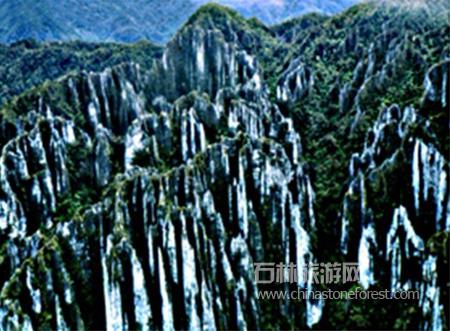
Mt Kaijende, Papua New Guinea
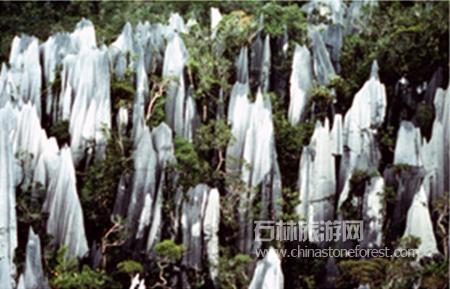
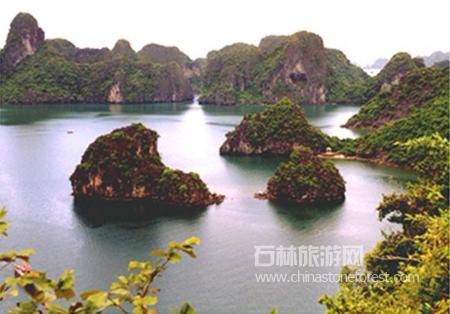
Ha Long Bay, Vietnam
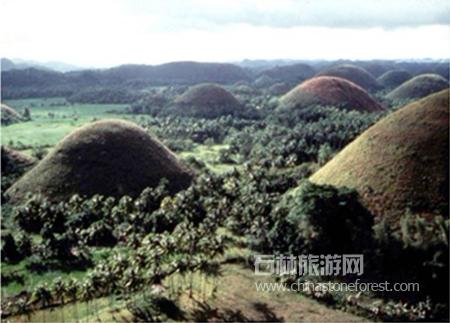
The Philippines
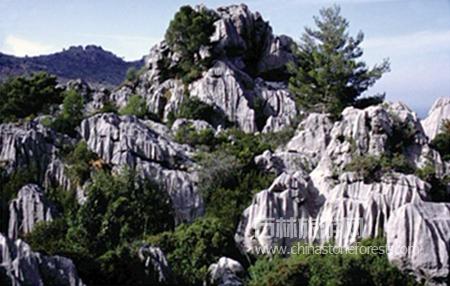
France
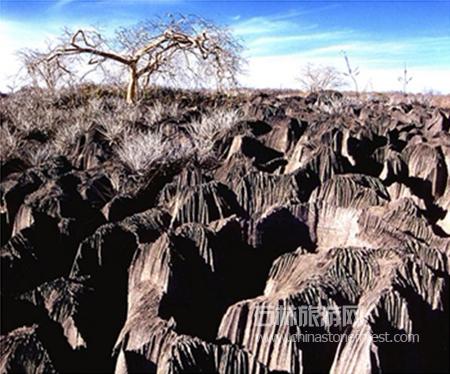
Brazil
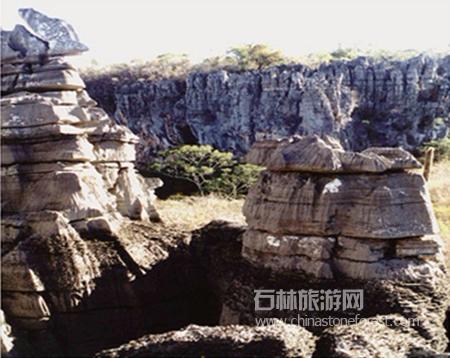
Spain
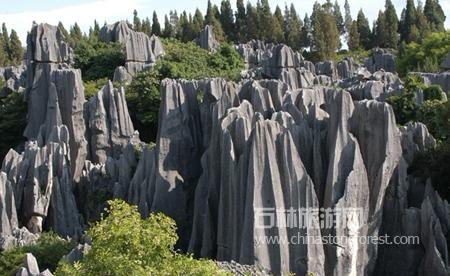
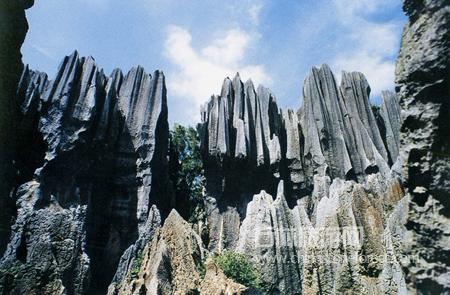
Stone Forest of Yunnan
